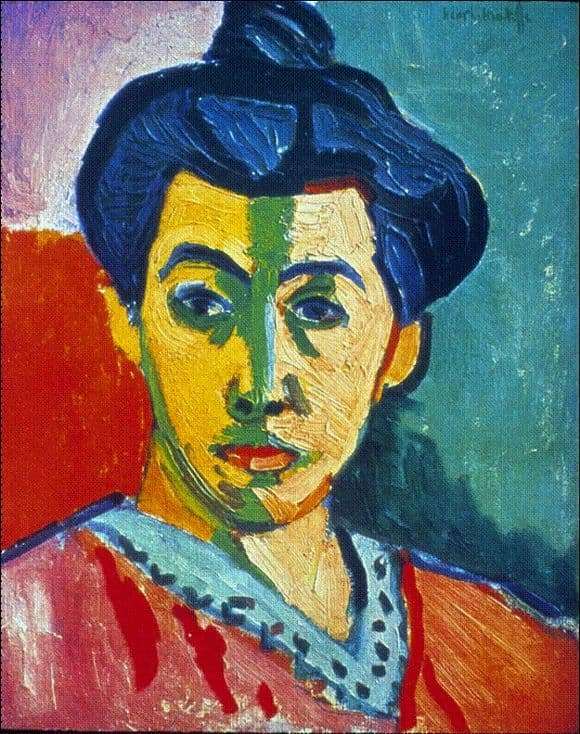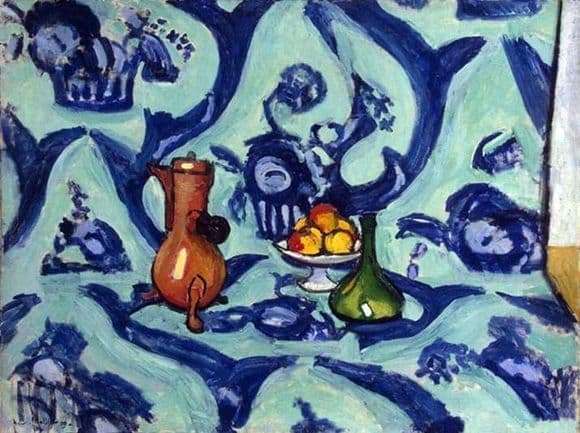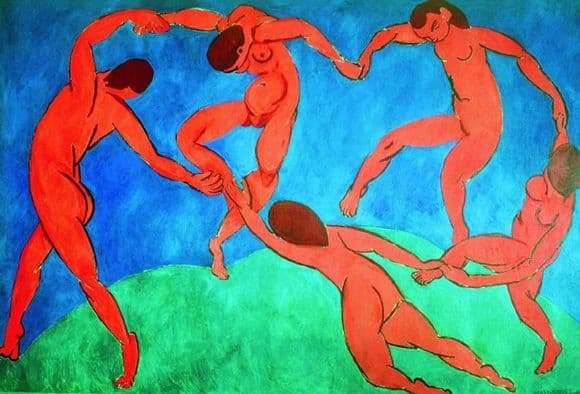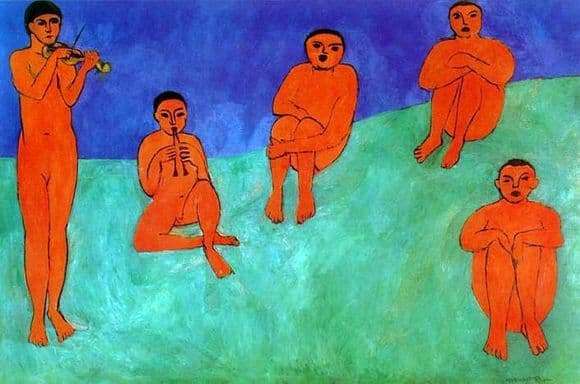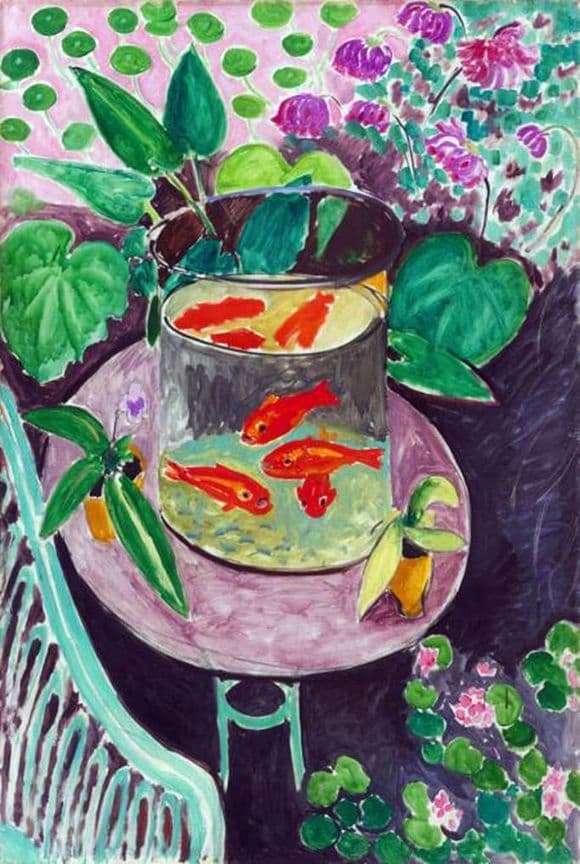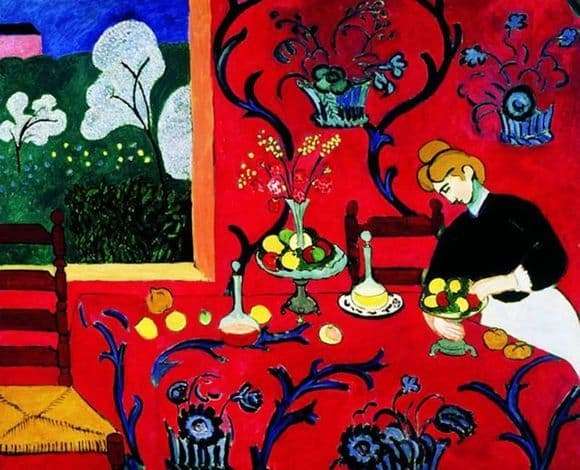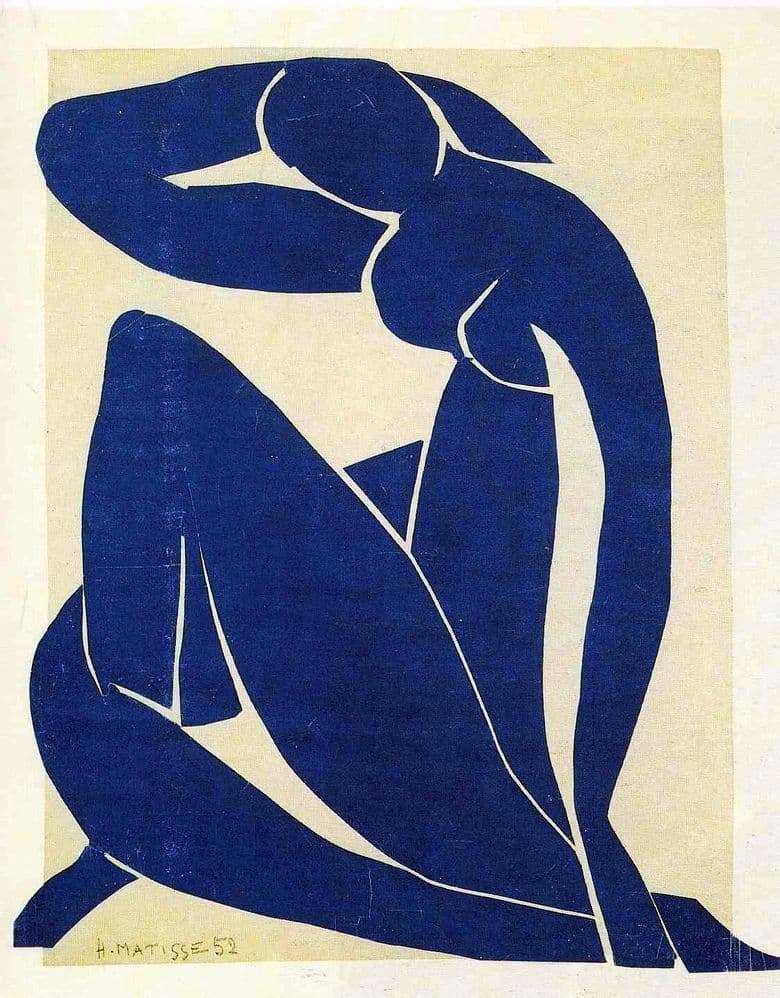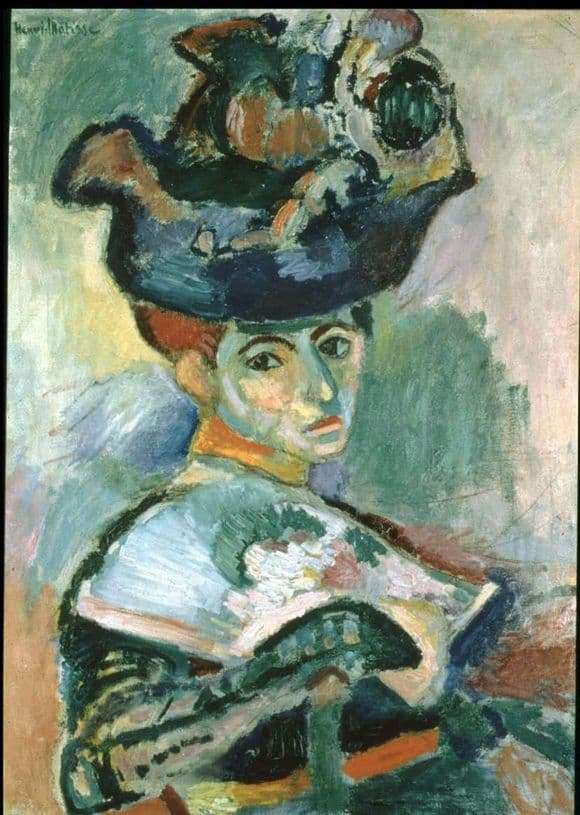
In 1905, Henri Matisse rejected the usual mixture of colors and decided to use classic shades in his works. This policy was very different from the usual techniques of past eras. Needless to say, this approach did not immediately appeal to society and critics. One of the most pronounced works of this nature was the painting “A Woman in a Hat”.
When the work was put on display to the general public, famous aesthetes considered it an insult to creativity. Since it intentionally lacked complex lines and pleasant looking colors, a wave of indignation broke out among the spectators. Many considered it a challenge to society, calling it wild. From here there was a new spirit in creativity.
Matisse seemed to play on the nerves of critics, demonstrating this work. It depicts a woman in a big awkward hat. And the heroine herself is not much like a real woman. Intentionally created flashy colors, despite the contradictions around, turned out to be quite compatible with each other. The artist wanted to give his character some kind of independent life, clearly distinguishing between reality and fantasy. In his work, the lady lives by herself, her facial features in an unimaginable way are simplified, as if they were specially disfigured. The combination of shades of the major series (green, yellow, red, bright blue) gives the picture a high mood and playfulness. This approach was extremely risky in those times, despite the progressive art of European countries.
Having caused such a violent reaction to his work, Matisse seemed to rejoice like this. Contemporaries claim that he deliberately excluded the existence of painting standards in his works in order to show society the true face of painting – unrelated to the framework of the usual and designed to cause a reaction. The painting “Woman in the Hat” – a great confirmation of this.
Description of the painting by Henri Matisse “Woman in the hat”
